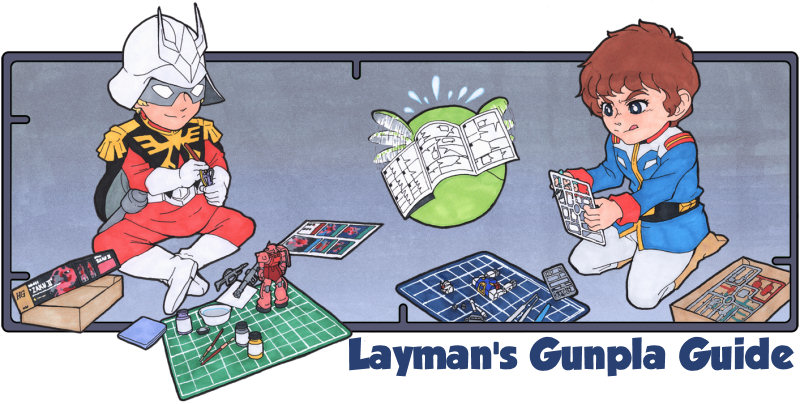So another radical rethink was in order. This time, I looked back at my original wing base design and assessed where it failed.
With all those articulation points being held up by a flimsy design, it was bound to fail, although it looked impressive at the time. Even though I was avoiding this, I wasn't prepared to sacrifice stability for simplicity. In this redesign, I've reconfigured the 4WD gears and the aluminum extenders to an optimum placement and positioning. I've used the same configuration (as I have for the old design) for the spine of the wing, as such, when one wing is turned in on direction, so will the other in the reverse direction, and these two hold each other in their relative angled positions with the wing's full weight (I haven't tried mounting both wings yet as I am still working on the other wing, but it does hold the weight of one wing so far). Instead of using plaplates as frame, I used a fiberglass bumper reinforcement to hold the gears in position, and mounted this on the O's backpack frame. This redesign removed the need for counter gears (flesh colored flat gears in the original design).
I've sandwiched 4 pieces of shaped WHIPS, bored a hole to snugly fit the gear's shaft, and superglued it into place, doing the same thing for the other side in reverse. The angled cut allows for a nice rotation range for the wing.
For the wing arm, I used those nifty 4WD aluminum extensions in a yin-yang configuration and placed gears/countergears at each end. One end attaches to the wing base, the other to the lower part of the secondary wing, making the design similar to an actual bird wing (as compared to the forced-wing design of the Wing Zero Custom). This allows the maximum rotation angle for either end. I've also customized hinges using 5mm beams as the the hinge shaft and 6mm hollow square beams as the hinge receptacle, encasing the latter in a square configuration to hold it in place (the hollow square beams are made with a different type of plastic and does not melt with cement). This gives the wing two articulation points on the Y-axis; one at the wing base, and the other at the lower wing.
More later...



No comments:
Post a Comment